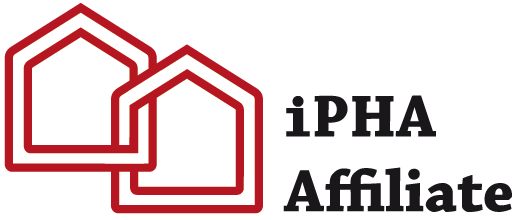Te Toputanga o te Whare Korou ki Aotearoa, PHINZ invites you to a seminar hosted by the Passive House Academy New Zealand (PHANZ).
Book now: Registration page
When: Tuesday June 29th, 11am (NZST), 9am (AEST)
Where: Online
Cost: $100+GST non-members, 10% members discount
2 CPD points for Certified Designers/Consultants/Tradespersons; code event V071_2021_NZ
We are delighted to have John Oppermann, executive director of Earth Day Initiative, real estate broker, and professor of “Marketing Green Homes” at NYU, to shed light on some of the biggest issues facing professionals in the Passive House industry today. John is supported by local marketers and real estate professionals Shelley Cresswell (NZ) and Rory Martin (Aus). In his seminar entitled “Marketing Passive House,” John highlights the importance of demonstrating the true value of Passive House to consumers, and offers insight into how green building professionals can effectively communicate this information.

John will start off by emphasising the degree of ambivalence currently seen by building professionals when it comes to prioritising Passive House techniques – many clients, developers, and contractors wonder whether ‘green homes’ actually fetch higher prices and whether the upfront costs they face will be much higher than those associated with standard homes.
He draws an interesting comparison between the sustainable housing industry and other sustainable movements that have experienced tremendous success over the past decade like the sustainable food and fashion industries. The key to making Passive House go mainstream, he says, lies in the way it is marketed to consumers. Like other successful sustainable industries, green building professionals must place a focus on how their clients will personally benefit from the product they are selling. “The average person who buys organic food probably feels good about the fact that it is better for the environment, but they are really more motivated to buy organic food by a belief that organic is better for their health and the health of their families,” says John.
A pitch that includes too much technical jargon or a heavy emphasis on future environmental impact has the effect of steering the average consumer away, as many choose to stick with what they know. Keep it simple and focus on the direct benefits that Passive House bring to home owners, including a greater degree of comfort, health, and resilience, and we will start to see the market shift.
“We have an opportunity to increase overall demand for Passive House if we talk more about what the average person cares deeply about when looking for a home,” says John. “I, like many in the industry, am guilty of talking too much about what I care about, which is environmental sustainability. What we should focus on is what the average person cares about: a comfortable home, premium materials, luxury features, a healthy space for their family, value retention, and an overall high-quality home.”
Book now: Registration page
Additional Resources: How to talk about Passive House
